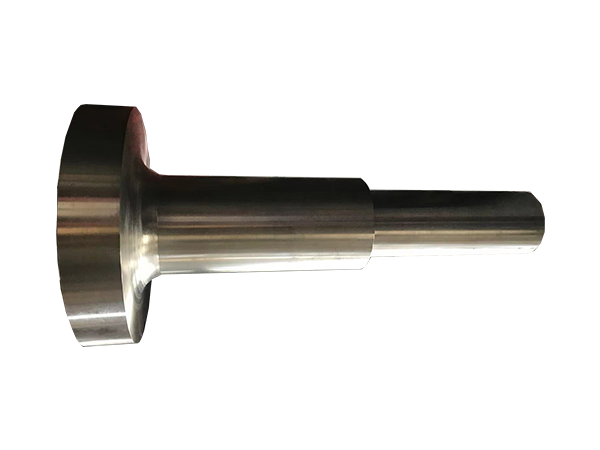GH2132
For any temperature and concentration of hydrochloric acid has excellent corrosion resistance. At the same time, it has good corrosion resistance to sulfuric acid, acetic acid, formic acid, phosphoric acid and other non-oxidizing media.
Classification:
Product Display
Key words: nickel-based alloy material
- DESCRIPTION
-
Overview
The alloy is a Fe-25Ni-15Cr-based high-temperature alloy, which is comprehensively strengthened by adding molybdenum, titanium, aluminum, vanadium and trace boron. It has high yield strength, long-lasting and creep strength below 650℃, and has good processing plasticity and satisfactory welding performance. It is suitable for manufacturing high-temperature load-bearing parts of aircraft engines that work for a long time below 650℃, such as turbine disks, compressor disks, rotor blades and fasteners. The alloy can produce various deformed products, such as: disks, forgings, plates, rods, wires and rings, etc. Chemical composition

C(%): ≤0.08 Cr(%): 13.5~16.5 Mo(%): 1.00~1.50 Ni(%): 24.0~27.0 Al(%): ≤0.40Ti(%): 1.75~2.30 Si(%)≤: 1.00 Mn(%)≤: 2.00 P(%): 0.030 S(%): 0.020 Others(%): B0.001~0.010,V0.10~0.50 Fe(%): Residue
Metallurgical structure
Under standard heat treatment, the alloy has spherical uniformly dispersed NI3 (Ti, Al) type γ' phase and TiN, TiC on the γ matrix, a trace amount of M3B2 at the grain boundary, and a small amount of η phase and L phase near the grain boundary
Application
In aviation, it is mainly used for engine compressor discs, turbine discs, bearing rings, casings, shafts, fasteners, and plate welding bearing parts working below 650℃. This alloy has been widely used in aviation in China.
A nickel-chromium-molybdenum alloy with the addition of niobium, which acts with molybdenum to harden the alloy matrix, thereby exhibiting high strength properties without heat treatment. The alloy is resistant to various harsh corrosive environments, especially pitting and crevice corrosion. It is used in chemical, aviation and marine engineering, pollution control equipment, and nuclear reactors.
The low carbon alloy 625 after softening annealing is widely used in the chemical process industry, and its good corrosion resistance and high strength make it can be used as a thin structural component. 625 alloys can be applied in contact with seawater and subjected to high mechanical stress. Typical application areas:
1. Components of organic chemical processes containing chlorides, especially where acid chloride catalysts are used;
2. For the manufacture of digesters and bleaching ponds for the pulp and paper industry;
3. The absorption tower, reheater, flue gas inlet baffle, fan (wet), agitator, deflector and flue in the flue gas desulfurization system;
4. For the manufacture of equipment and components used in acid gas environments;
5. Acetic acid and acetic anhydride reaction generator;
6. Sulfuric acid condenser.
Related Products
Online Message


